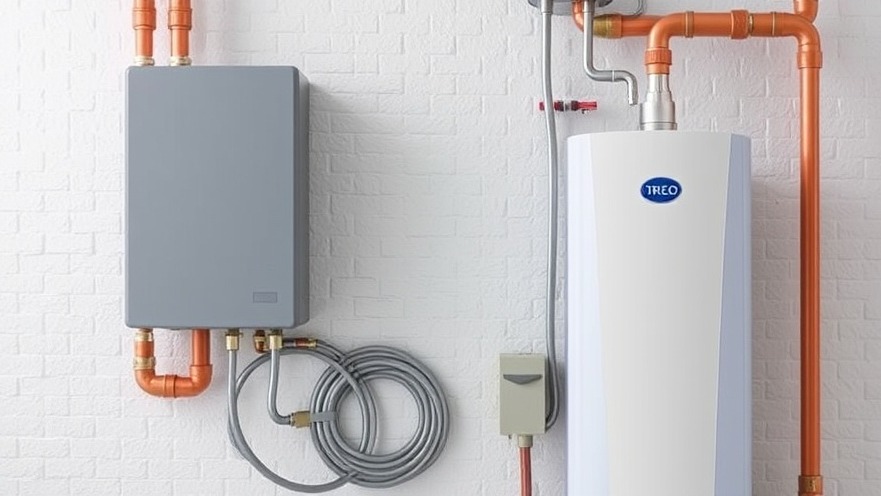
Transforming Your Water Heating System: A Guide to Tankless Electric Water Heaters
In a world where energy efficiency and space-saving solutions are increasingly at the forefront of homeowner concerns, tankless electric water heaters are leading the charge. These innovative systems provide hot water on demand, offering a compact alternative to traditional storage heaters that can occupy significant space. With the ability to be installed in tight quarters or mounted on walls, homeowners are not only making a practical choice but also contributing to a reduced carbon footprint.
Understanding Your Household's Hot Water Needs
The very first step in selecting the right tankless electric water heater is to accurately estimate your household's hot water demand. Understanding how many gallons per minute (GPM) your family uses during peak times is crucial. This involves calculating the flow rates of fixtures frequently used simultaneously, such as showers and faucets. For instance, if you're showering while two faucets are running, you will need a tankless model that supports at least a 5 GPM capacity.
The Importance of Regional Climate Considerations
When selecting a unit, don't overlook the impact of your home's geographical location on your hot water needs. Groundwater temperatures vary widely across the United States, particularly between northern and southern regions. In northern climates where groundwater can be as cold as 40°F, heaters need to generate a significant temperature rise to deliver the desired hot water temperature. This means that a larger capacity tankless electric water heater will likely be necessary as compared to homes in the south, where the incoming groundwater may start at a warmer temperature.
Flow Rates and Heating Requirements
Besides regional climate, the interplay between water temperature and flow rates is vital in selecting the correct unit. Homes with higher simultaneous use will require more powerful models that can maintain consistent hot water delivery. Some households might do well with a single, whole-home unit, while larger residences may benefit from installing multiple point-of-use systems. It’s essential to strike a balance between hot water availability and system efficiency.
Evaluating Electrical Capacity
Another critical element in the tankless equation is your home’s electrical service capacity. Electric tankless units require adequate power to function effectively, especially during peak usage. Before making a choice, homeowners should assess their existing electrical system. Upgrading your service may involve additional costs, but it’s a necessary step toward long-term savings and efficacy.
Future Insights: Energy Savings and Technological Advances
As technology progresses, expectations for efficiency and functionality in tankless electric water heaters continue to rise. Newer models are increasingly designed to optimize energy consumption, further reducing expenses on monthly utility bills. Homeowners can look forward to innovations such as smart technology integration, allowing remote control and monitoring. Such advancements not only enhance convenience but are also set to promote even greater energy efficiency.
Decisions to Make: Factors to Consider While Choosing
When diving into the decision-making process, it’s important to compartmentalize your priorities. Consider factors such as initial installation cost, long-term energy savings, warranty and durability of the unit, as well as user reviews. This holistic approach can help ensure that you select a model that fits both your lifestyle and budget.
With the right preparation, selecting a tankless electric water heater can be an empowering step toward home enhancement. As you explore your options, remember that each choice can significantly influence your living environment, energy bills, and overall quality of life.
Take Action Towards Energy Efficiency
With the information detailed above, you are now armed with essential insights to select the right tankless electric water heater. As you take the next steps in your home improvement journey, consider reaching out to local professionals—experts can guide you to the perfect model tailored to your specific needs, ensuring a successful upgrade for your home.
 Add Row
Add Row  Add
Add 




Write A Comment